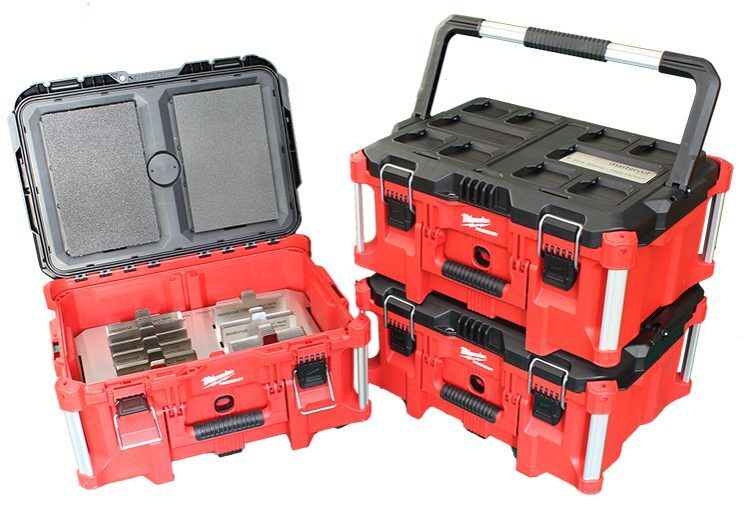
Ceiling fans with remote controls offer convenience by letting you adjust speed, direction, and lighting with just the push of a button. However, these remotes aren’t immune to issues, and when they stop working, the fan’s functionality can be compromised. Fortunately, you can troubleshoot most problems yourself without calling in an electrician. Here are three common issues with ceiling fan remotes and quick fixes to get them back up and running.
1. The Remote Isn’t Working at All
If your ceiling fan remote isn’t responding, the issue might be as simple as dead batteries. Replace the batteries with new ones and ensure they are inserted correctly and have the correct polarity. Sometimes, battery contacts can become corroded, which prevents a good connection; you can clean them gently with a cotton swab dipped in rubbing alcohol to remove any residue. Replacing the batteries or cleaning the contacts often resolves this problem.
If fresh batteries don’t solve the issue, the remote might need to be reset or resynced with the fan. Check your fan’s manual to find the correct method for resetting the remote. Typically, this involves turning the fan’s power off at the breaker, waiting a few seconds, and then turning it back on while pressing a designated button on the remote. This simple reset often clears any glitches and re-establishes the connection between the remote and the fan. If these don’t work, you can invest in a harbor breeze remote.
2. The Fan Is Not Responding to Speed Changes
If your ceiling fan is turning on but doesn’t respond when you try to adjust the speed, the issue might be with the remote’s speed control function. First, ensure that the remote control’s battery is still functioning correctly. Even if the remote can turn the fan on, a weak battery might not have enough power to send specific commands, such as changing speeds. Replace the batteries as the first step, especially if you haven’t changed them recently.
Another possible cause is interference in the fan’s receiver or remote settings. Many ceiling fans with remotes have a dip switch or pairing feature to match the remote with the fan. This is often located on the back of the remote and within the fan housing. Check that the dip switch settings on the remote and fan receiver match precisely. If they’re mismatched, the fan may turn on but fail to adjust its speed correctly. Adjusting these dip switches to the same pattern should resolve the issue.
3. The Remote Light Control Isn’t Working
When the remote fails to control the ceiling fan’s light, the problem could stem from several possible causes. First, find out if the light bulb itself is functioning. Sometimes, the simplest fix is simply replacing a burned-out bulb, so test the light by manually turning it on (if possible) or trying a new bulb. If the light still doesn’t respond, there may be an issue with the light module in the fan.
Another fix to try is to check the wiring of the light module within the fan. Turn off the power at the breaker and check the fan’s wiring for any loose or disconnected wires. Sometimes, wires can become loose over time, leading to connectivity issues with the light. Once you’ve ensured all wires are securely connected, turn the power back on and test the remote. If the wiring is intact and the light still doesn’t work, you might need to replace the fan’s light kit or consult the manufacturer or a professional for further guidance.
The Bottom Line
Ceiling fan remote issues can often be resolved with a few simple troubleshooting steps, saving you time and money. These quick fixes will help you address the most common problems and keep your ceiling fan running smoothly.

